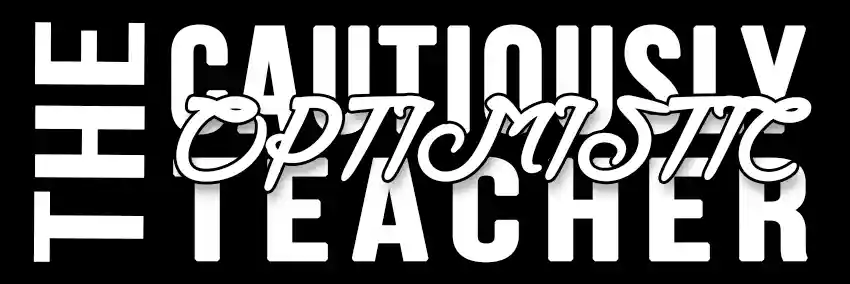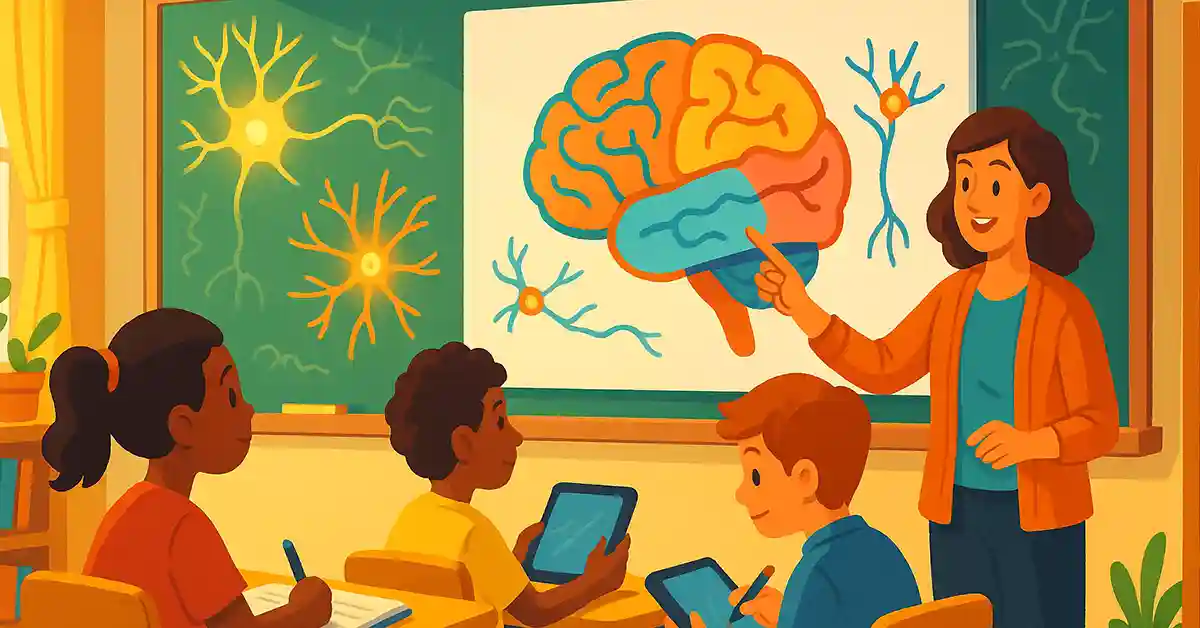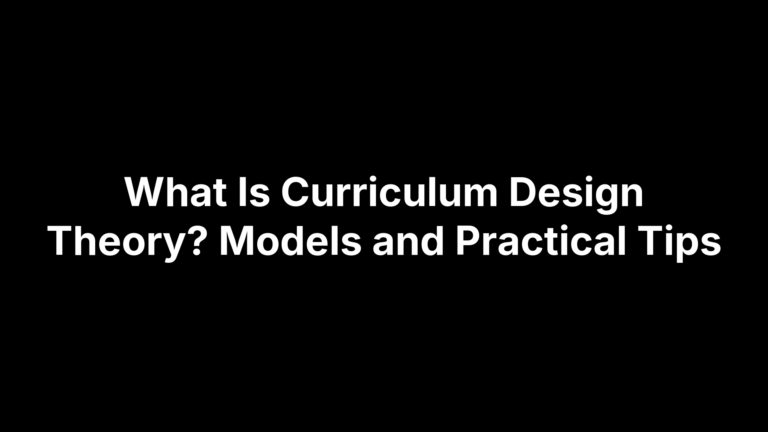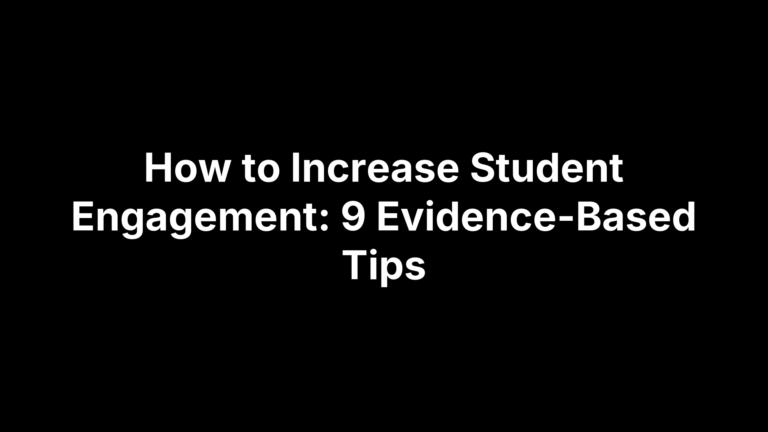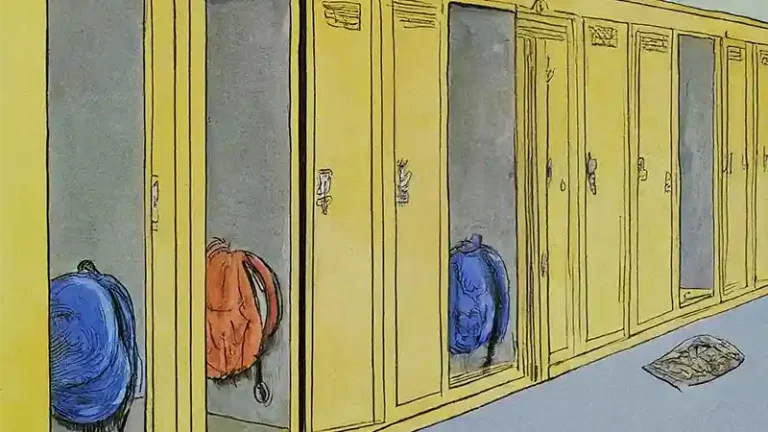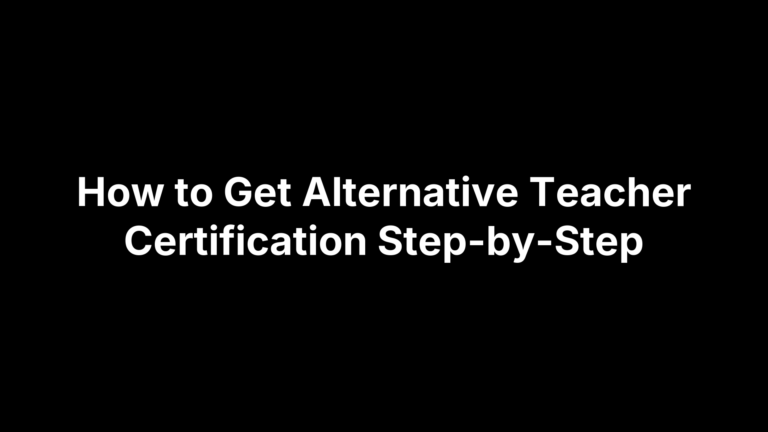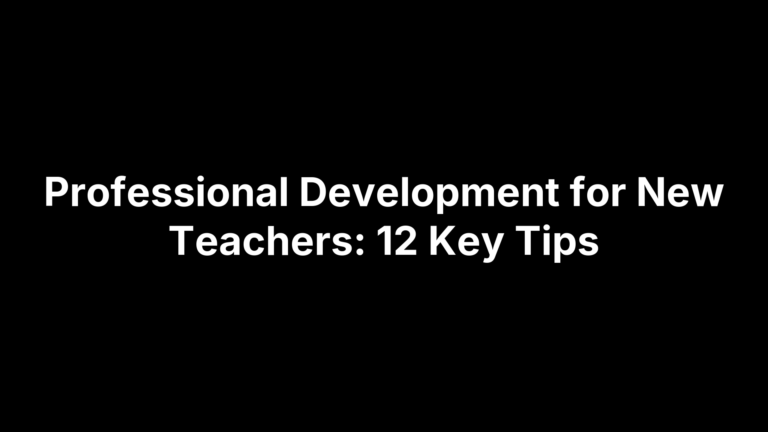What Is Neuroeducation? Practical Insights for Teachers
If you’ve ever stared at a classroom of glazed-over faces and thought, “There must be a scientific way to wake up these brains,” welcome to neuroeducation. As both a teacher and an incurable curriculum tinkerer, I dove into this interdisciplinary rabbit hole to find out how neuroscience can make Monday’s grammar lesson feel less like a root canal. Below is a friendly crash course on what neuroeducation is—and more importantly, how we can harness it without needing a Ph.D. in fMRI interpretation.
What Is Neuroeducation?
Neuroeducation (sometimes called educational neuroscience) is the meeting point of three disciplines: cognitive neuroscience, psychology, and classroom pedagogy. Researchers map how neurons fire when we pay attention, encode memories, manage cognitive load, and regulate emotions, then translate those findings into practical teaching moves. Think of it as the difference between guessing which fertilizer your tomato plants like best and actually testing the soil. (Frontiers)
In other words, neuroeducation gives educators evidence-based explanations for why retrieval practice beats cramming, why stressed brains lock up faster than an outdated Chromebook, and why students remember your personal stories more vividly than last night’s homework instructions. (eLearning Industry)
Core Brain Principles Every Teacher Should Know
Below are the high-impact takeaways that show up again and again in the literature (and, frankly, in the staff-room coffee chats once you start geeking out about brains):
Plasticity Never Clocks Out – Neural pathways keep rewiring throughout life, which means eighth-period seniors can relearn fractions (promise!).
Emotion Turbo-Charges Memory – The amygdala tags emotionally charged information for long-term storage, so sprinkle narratives, humor, or meaningful debate into lessons.
Cognitive Load Is Finite – Our working memory is more “Post-it Note” than “infinite scroll.” Chunk content and reduce extraneous noise.
Spaced Retrieval Strengthens Synapses – Each time students recall information after partially forgetting it, they deepen the memory trace. (Fullmind Learning)
Brains Love Multisensory Input – Visuals, movement, and sound activate parallel neural circuits, boosting comprehension and recall. (econcordia.com)
Each Brain Is Uniquely Wired – Neurodiversity isn’t a buzzword; it’s biology. Lessons that allow multiple entry points support the widest range of learners. (Emporia State University)
Why Neuroeducation Matters in Real Classrooms
It turns best guesses into best practices: Teachers can prioritize strategies with measurable neural benefits instead of Pinterest trends.
It supports equity: Understanding diverse brain profiles (ADHD, autism, dyslexia) leads to more inclusive instruction. (Emporia State University)
It boosts teacher credibility: Students perk up when you explain why a retrieval quiz feels hard (“We’re literally reinforcing synapses—muscle-building for memories!”).
It guards against “neuromyths” (e.g., “left-brain vs. right-brain learners”) that waste planning time. (Fullmind Learning)
Five Classroom Strategies Backed by Neuroscience
Retrieval Practice + Spaced Repetition
Ask students to recall key ideas before re-teaching them. Start with daily low-stakes exit tickets, then revisit content after increasingly longer gaps (24 hours → 3 days → 1 week). Research shows spacing and retrieval together amplify long-term retention far better than massed review.
Manage Cognitive Load Through Chunking & Dual Coding
Break hefty content into bite-sized “learning episodes” (8–10 minutes) with brief processing pauses. Pair verbal explanations with visuals—graphic organizers, diagrams, or sketchnotes—to off-load working memory into the visuospatial sketchpad.
Story + Emotion Hook
Open units with a story or dilemma that triggers curiosity and emotion. Immordino-Yang’s research shows emotionally filtered information sticks because it rides the same neural highways as autobiographical memories.
Movement & Play
A 2025 Guardian feature highlighted a U.K. headteacher who removed desks and reintroduced play-based learning, citing dramatic gains in focus and self-regulation—especially for neurodiverse learners. Movement increases blood flow and neurotransmitter release, priming brains for learning.
Metacognition & Stress Regulation
Teach students to name stress signals and deploy breathing techniques or micro-breaks. Lowering cortisol allows the prefrontal cortex (a.k.a. the “thinking cap”) to resume executive functions. Combine this with reflective journals so students monitor their own cognitive states.
5. Getting Started: A Practical Roadmap
Audit Your Current Practice – Note where you already use retrieval, spacing, movement, or storytelling. Small tweaks often yield big gains.
Pick One Strategy – Implement spaced retrieval via a weekly “Flashback Friday” quiz rather than overhauling the entire syllabus overnight.
Gather Low-Stakes Data – Track quiz scores, student feedback, or on-task behavior to see if the change sticks.
Share Wins in the Staff Room – Nothing spreads faster than a strategy that saves teachers time and boosts test scores.
Invest in PD – Look for webinars or courses that bridge neuroscientific concepts with classroom practice. Recent studies suggest structured training models drastically improve implementation fidelity. (Bio Conferences)
Potential Pitfalls & How to Avoid Them
Neuromyth Alert: Be skeptical of products claiming to “activate the right hemisphere” or match “learning styles.” The evidence just isn’t there.
Data Overwhelm: You don’t need an EEG headset in the supply closet. Start with simple observation and formative assessments.
Equity Considerations: Brain-based strategies must still respect cultural responsiveness; storytelling should include diverse voices, and movement options must be inclusive.
Over-Enthusiasm Syndrome: Introducing every new idea at once can overload both you and your students’ cognitive bandwidth (oh, the irony). Pace yourself.
Conclusion: Teaching With Both Heart and Cortex
Neuroeducation isn’t about turning teachers into neuroscientists; it’s about adding scientific heft to the craft we already love. By weaving retrieval practice, emotional hooks, movement, and mindful pacing into our lessons, we align classroom life with the way brains naturally learn. The result? More engaged students, stronger memories, and a teacher who can finally answer the age-old student question, “Why do we have to do this?” with an answer that’s backed by both research and a dash of humor.
